Hemoglobin is an iron-containing pigment found in red blood cells. The main function of hemoglobin is to transport oxygen and carbon dioxide to and from tissues in the body. Hemoglobin is made up of a protein - globin and the substance heme, which contains iron and porphyrin.
In fact, the blood's ability to carry oxygen does not depend on the number of red blood cells in it, but on the concentration of hemoglobin. It is the hemoglobin concentration, which determines the presence or absence of anemia.
The reference values of hemoglobin in the blood in women are in the range of 120-140 g / l, and in men - 135/160 g / l.
How is hemoglobin formed? It is obtained from young erythrocytes into which iron atoms penetrate. Its breakdown also takes place in erythrocytes - globin breaks down to verdoglobin, which later breaks down in the liver, releasing iron atoms in the process.
In addition to transporting oxygen and carbon dioxide to the cells in the body, hemoglobin has the task of maintaining the acid-base balance in the body. Very low hemoglobin levels lead to metabolic disorders.
Low hemoglobin is characteristic of iron deficiency anemia, which can be caused by chronic blood loss or malnutrition. On the other hand, high hemoglobin may be a normal physiological phenomenon or a sign of a disease.
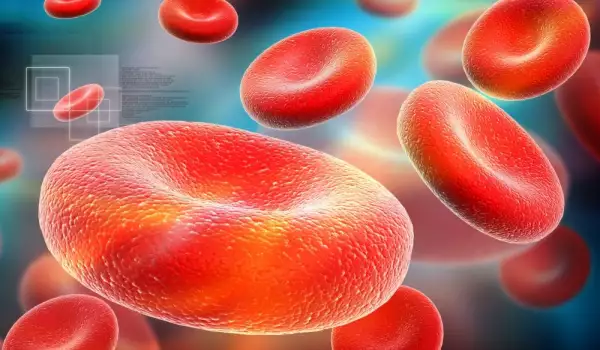



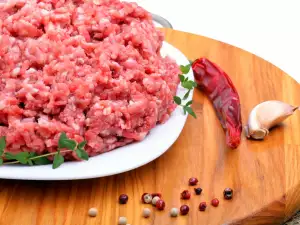



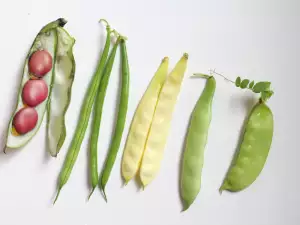
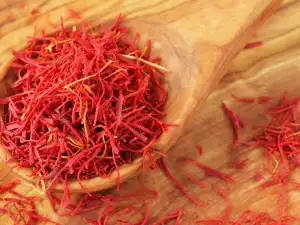


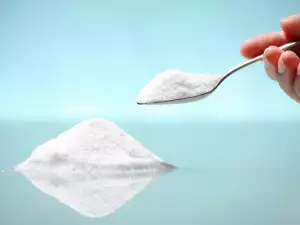
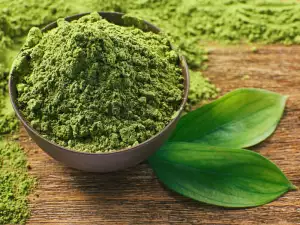
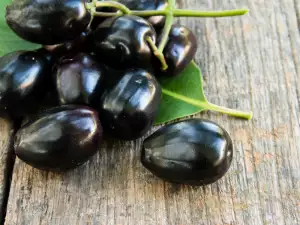


Comments